RETRO: Sheffield city centre changing times and shopping trends
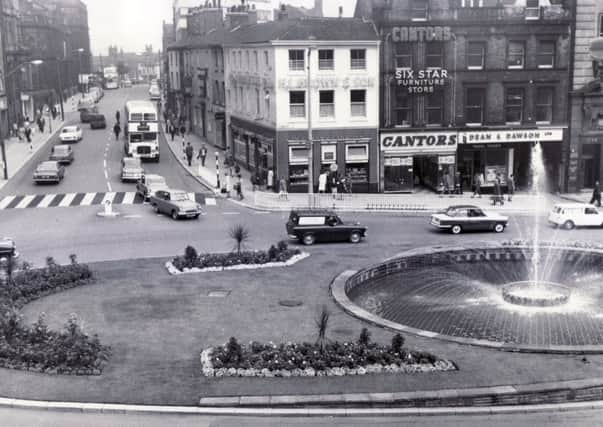

Whether you believe the changes have been for the better or not, there’s certainly been plenty of them, and more to come.
John Lewis, or Cole Brothers as most Sheffielders still call it, has had stores in Sheffield for 169 years, so its history is completely interwoven with the city.
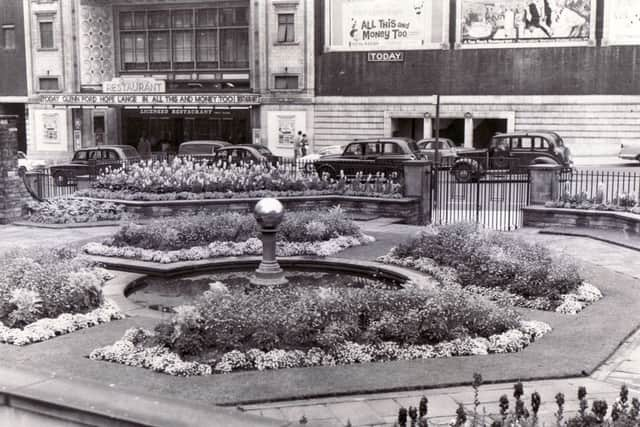

Advertisement
Hide AdAdvertisement
Hide AdA blue plaque marks the site of the old Coles Corner, immortalised by Sheffield musicianRichard Hawley in his 2005 album of the same name.
It was a popular meeting point for couples and for nervous first dates, apparently because there were doors opening on to two roads, so anyone who changed their mind could disappear off unnoticed!
The firm that opened on Fargate in 1847 moved to Barkers Pool in July 1963 and is currently waiting to flit again to Charter Square.
Fitzalan Square features in some of the photographs.
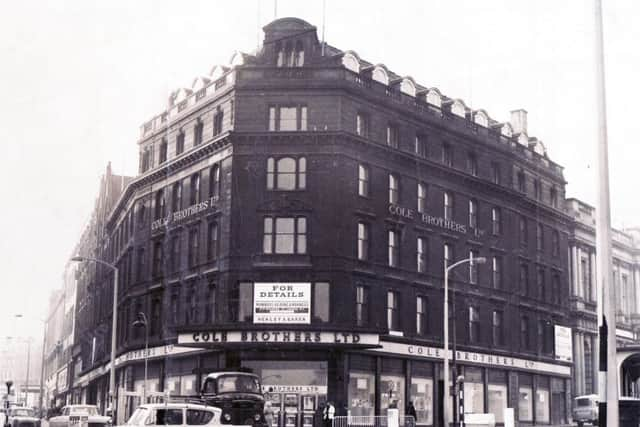

It was home to the city’s main market area until the 1930s but in recent years the area has become more and more run down and very sad-looking.
Recently Castle Market nearby was demolished as well.
Advertisement
Hide AdAdvertisement
Hide AdThe lovely main post office has been closed up for 17 years now.
Many readers will remember the area as a once thriving part of the city centre, with shops, banks and cinemas.
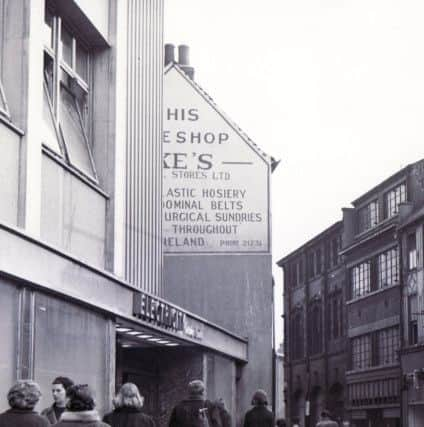

The post office building opened in 1910, operating as Sheffield’s head post office until 1999, when it moved into more modern premises in the Co-op store in Angel Street, another much-missed store.
Since then the building has fallen into disrepair, but Hallam University has taken it over and aims to sympathetically refurbish it as as the new home for the Sheffield Institute of Art, which can trace its own history back to 1843.
Advertisement
Hide AdAdvertisement
Hide AdPlans for the interior will provide teaching rooms and practice studios, as well as an exhibition and event space.
The fashion brand Topshop started life in 1964 as a clothing line designed to appeal to teenagers in the Peter Robinson’s store in Sheffield, now occupied by Primark on High Street/Angel Street.
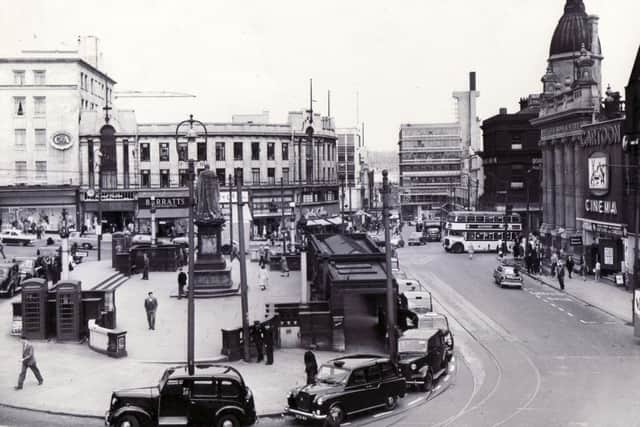

Shoppers could browse their windows in one of the underpasses that led to the Hole in the Road.
By 1970 it became a stand-alone brand that’s still going strong now, unlike Peter Robinson’s, which had disappeared by the end of that decade.
Advertisement
Hide AdAdvertisement
Hide AdCockayne’s opened as a draper’s in 1829, run by brothers Thomas Bagshawe Cockayne and William Cockayne, at 1 Angel Street.
By 1899 that had expanded into a department store with its own cabinet-making factory.
The store was also destroyed in the Sheffield Blitz, reopening the first phase of a new shop in 1949.
The final phase of rebuilding was completed in 1955.
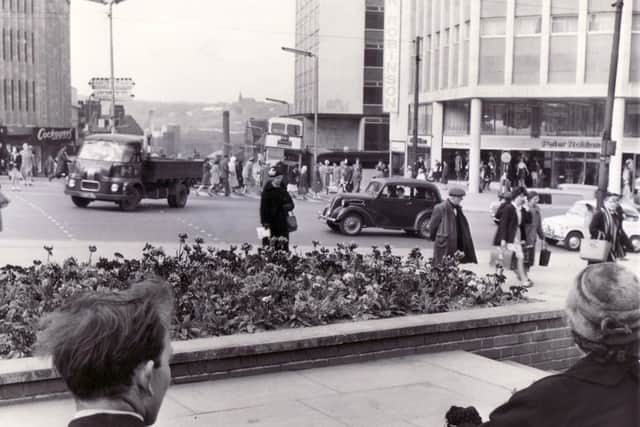

In 1972 the company was taken over by Schofields (Leeds) Ltd and the name changed to Schofields. It closed in November 1982 and is now an Argos.
Advertisement
Hide AdAdvertisement
Hide AdCantor’s ‘six-star’ furniture store can be seen behind the Goodwin Fountain that once dominated the top of Fargate.
The Cantor family began trading in 1920 and their furniture division opened its first store in Sheffield in 1927. At its height, the firm operated more than 100 stores.
The family name lives on in the Cantor Building of Hallam University, to carry on the late Harold Cantor’s interest in high-class design.